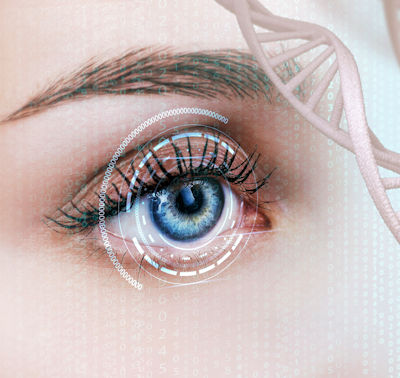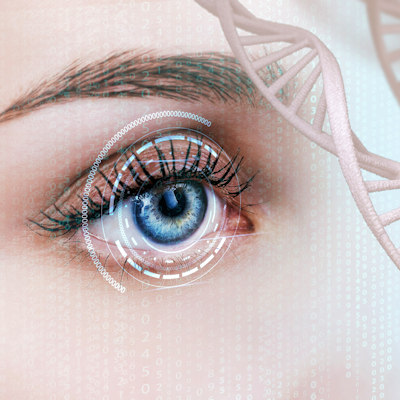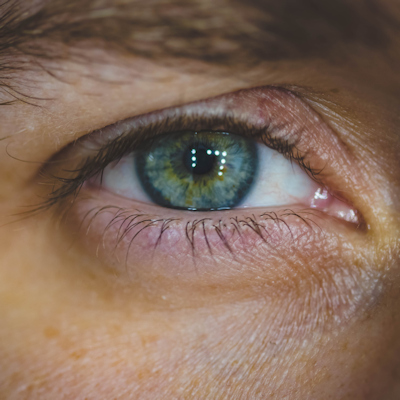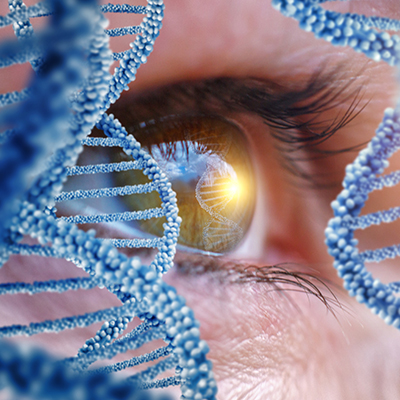March 17, 2023 -- Researchers in China successfully restored the vision of mice with retinitis pigmentosa, a major cause of blindness in humans. The research, published Friday in the Journal of Experimental Medicine, describes a new form of CRISPR-based genome editing which has the potential to correct a variety of disease-causing genetic mutations.
Retinitis pigmentosa, estimated to impair the vision of one in 4,000 people, can be caused by mutations in over 100 different genes. It begins with the dysfunction and death of dim light-sensing rod cells, then spreads to the cone cells required for color vision, eventually leading to severe, irreversible vision loss.
Genome editing was previously used to restore vision in mice with the genetic eye disease Leber congenital amaurosis, which affects the retinal pigment epithelium, a layer of non-neuronal cells in the eye that supports the light-sensing rod and cone photoreceptor cells. However, most inherited forms of blindness, including retinitis pigmentosa, are caused by genetic defects in the photoreceptors themselves.
The researchers sought to edit the genomes of neural retinal cells, particularly unhealthy or dying photoreceptors, in order to provide evidence for the genome-editing tool's potential application in treating retinal diseases. They used mice with retinitis pigmentosa caused by a mutation in the PDE6β gene, which encodes a critical enzyme. To restore vision in the mice, the team developed a new and more versatile CRISPR system called PESpRY, which can be programmed to correct many different genetic mutations, regardless of where in the genome they occur.
When programmed to target the mutant PDE6β gene, the PESpRY system was able to correct the mutation and restore the enzyme's activity in the retinas of the affected mice. By the age of four months, the retinas of control mice with uncorrected retinitis pigmentosa were observed to be thin and lacking in rod photoreceptors. But mice who had the PDE6β gene mutation corrected through the PESpRY system had much thicker retinas containing numerous rod cells. The gene editing treatment prevented the death of rod and cone photoreceptors and restored normal electrical responses to light. The researchers also performed a variety of behavioral tests, which confirmed that the gene-edited mice retained their vision even into old age. The mice were able to find their way through a visually guided water maze almost as well as normal, healthy mice and showed typical head movements in response to visual stimuli.
The researchers say that much work remains to be done to establish the PESpRY system's safety and efficacy in humans. "However, our study provides substantial evidence for the in vivo applicability of this new genome-editing strategy and its potential in diverse research and therapeutic contexts -- in particular for inherited retinal diseases such as retinitis pigmentosa," co-author Kai Yao, Wuhan University of Science and Technology professor, said in a statement.
Copyright © 2023 scienceboard.net











